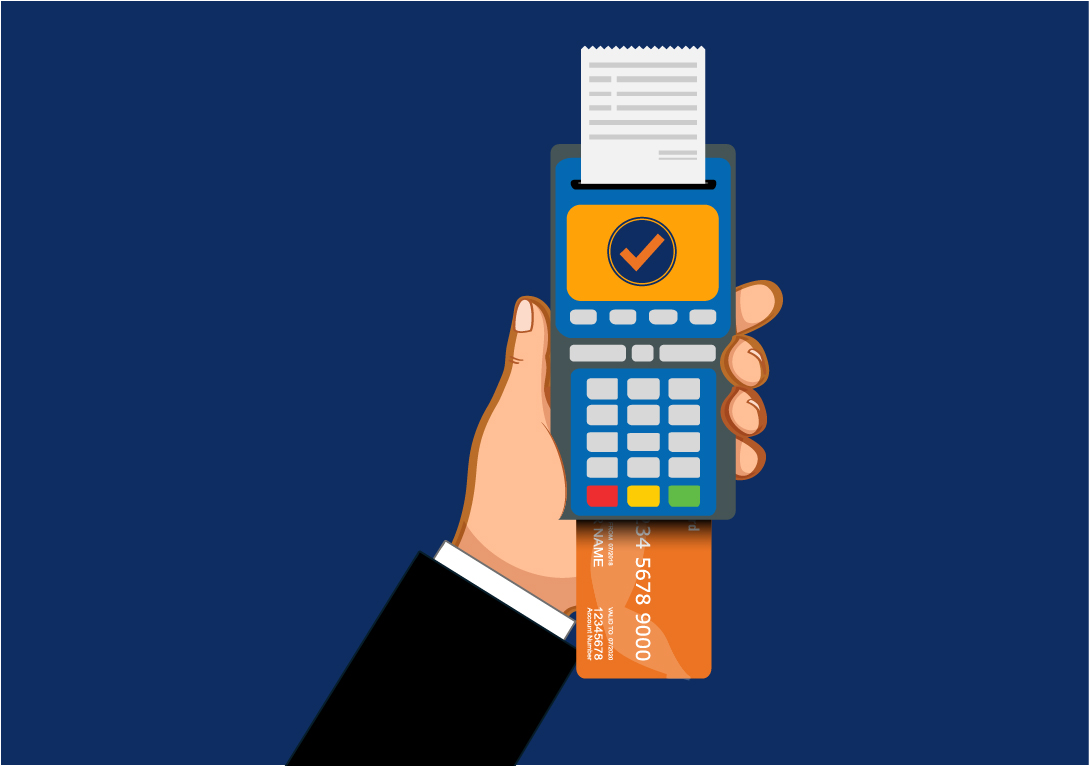Three Tips to Help Handle Popular Expense Fraud Schemes

Expense fraud happens more often than many businesses might suspect. Your employees could be trying to get away with an expense fraud scheme right now. If they are, or if they’ve done so in the past, then you know there’s nothing harmless about it—because even small sums can add up.
The Frequency of Expense Fraud
The Association of Certified Fraud Examiners, in their recent report found that expense fraud makes up more than 20% of all frauds that businesses with less than 100 employees face. Add another 11% of fraud that businesses of 100 or more employees deal with, and expense fraud costs organizations nearly $3 billion per year.
While not all employees are looking for ways to pad, fudge, or flat out concoct expenses, those that do can walk home with close to $2,500 in false expense reimbursements every year. If only 10 out of 100 employees are doing so at your workplace, that means you’re dolling out an extra $25,000 annually. Are you okay with that?
So, why do certain types of expense fraud have a way of never going away? We’ll explore this question below, and offer three tips to help address it.
Employee theft of any kind can put a serious dent in your bottom line, and also erode your confidence and trust in your employees. With cloud-based expense management software like ExpenseWire, you can firm up your policies, and speed up your reimbursement process at the same time. Schedule a demo, and learn more today.
Handling Popular Expense Fraud Schemes
When an employee is looking for a way to cheat the system of your organization, expense reporting is a natural place for their eyes to land. Depending on your process and policies, expense reports can look like low-hanging fruit when it comes to exploiting loopholes.
- Perhaps your organization lacks firmly written policies that everyone needs to follow.
- It could be that some managers simply don’t have time to review reports, and rubber stamp anything that comes across their desks.
- The issue could be that your culture is one where managers look the other way, as long as employees don’t go overboard.

No matter the reason why employees perpetrate expense fraud happens, they generally do so in one of these four ways:
-
Faking reimbursements
Here, employees simply make things up, and seek to be reimbursed for a purchase they never even made. Some employees will go so far as to create fake receipts on their home computers and printers. -
Mischaracterizing reimbursements
Here, employees will seek reimbursement for purchases they made, but that wasn’t technically for business. This often happens when workers are on a business trip, but take a personal detour that might involve visiting a friend, or sightseeing. It also happens when they purchase an item that they say is for work, but is really for home, or something they give as a gift. -
Padding or altering a reimbursement
Here, employees adjust their receipts, then ask for a reimbursement that’s greater than what they actually spent. For example: they leave a $10 cash tip on a business meal, and claim a $20 tip. -
Duplicating reimbursements
Here, an employee doubles down and submits the same receipt multiple times. One way this plays out is that they’ll submit the actual receipt on one expense report, then submit the credit card bill for the same purchase on a different report.
How can you keep frequent types of fraudulent expense reports from happening? Here are three tips to help you clearly communicate a stricter reimbursement message:
1. Start at the top with your reimbursement guidelines
When your policies are inconsistent, ignored, or non-existent, you could be setting your organization up for fraud-related challenges. It’s up to leadership to establish a culture where honesty and integrity matter. That includes the way you communicate and enforce expense reporting policies.
- If your company lacks a standard procedure for submitting and reviewing expense reports, that allows fraud to slip through the cracks.
- To avoid confusion, create and follow rules and guidelines for submittal and the review process.
- Encourage managers to abide by the policy, and to openly communicate issues with employees if and when they come up.
2. Ask for original receipts (for a little while)
Manipulating a receipt can be easy to do these days with the help of a computer and a printer. Draconian solution: require original receipts, documentation, and anything else that constitutes a paper trail.
When you require employees to submit original receipts, and not copies, it can help eliminate this potential loophole. Granted, depending on the culture of your organization, this type of step might create a bit of a shock. Still, if you’re dealing with fraud, you might have to redraw the boundaries in order to tighten things up. Here are a few other stricter measures to consider:
- Add an extra layer of review and approval (as long as doing so doesn’t slow down your reimbursement process).
- Announce that you’re going to deny expense reports that don’t include original receipts, then follow through.
- Make employees itemize and date their receipts. This will help clean up sloppy expense reports.
3. And speaking of paper…do away with it.
Now that we’ve talked about creating paper trails while shocking your employees, let’s talk about a kinder, paperless process—starting with using a cloud-based expense management software such as ExpenseWire. ExpenseWire can help solve many of the fraud-related issues that your organization might be dealing with. Along the way, the software lets you:
- Automate internal controls that manage the way expenses come in, and how reimbursements go out.
- Give employees the power to track expenses, including mileage, meals, travel expenses, and even employee gifts, in real time. With the ExpenseWire app on their smartphones or hand-held devices, they won’t lose time trying to organize receipts after a business trip or shopping excursion.
- Allow employees to send receipts from the road, rather than waiting until they’re back in the office to fill out an expense report. Instead of a paper trail, think of it as a data footprint.
- Set reminders that send alert messages when employees approach their allotted expense limit for a specific trip or duration, and/or when they claim a purchase that is outside the scope of your reimbursement policy.
- Speed up the reimbursement process, and keep employees engaged with the expense management process.
Maintaining the right level of oversight regarding your expense reimbursement policy is key if you want to curtail fraudulent expense reports. When employees know that your organization is keeping a sharp eye on reimbursements, while also giving them the tools they need, they might think twice before they try to sneak something through.
ExpenseWire helps you prevent illegitimate expenses from happening, and gives employees new ways to manage their expenses with a cloud-based, mobile-friendly solution. Contact ExpenseWire to learn more.
